Images of Melt: Earth's Vanishing Ice
British Antarctic Survey
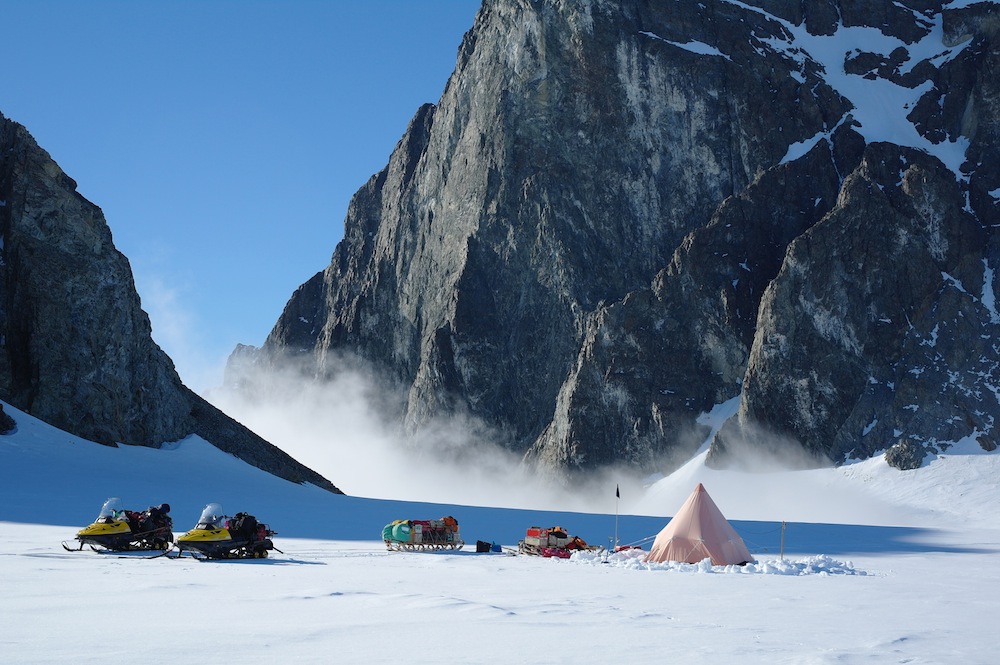
A British Antarctic Survey field camp on Alexander Island, Antarctica.
Sun on Adelaide Island
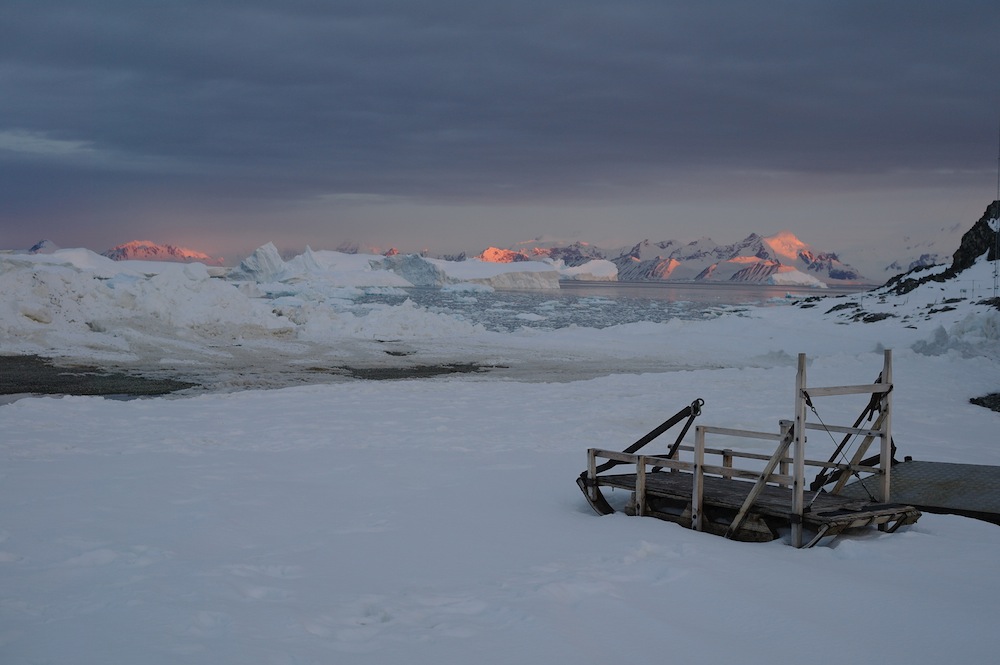
The late summer sun paints the peaks of Adelaide Island, Antarctica.
Surveying Antarctica
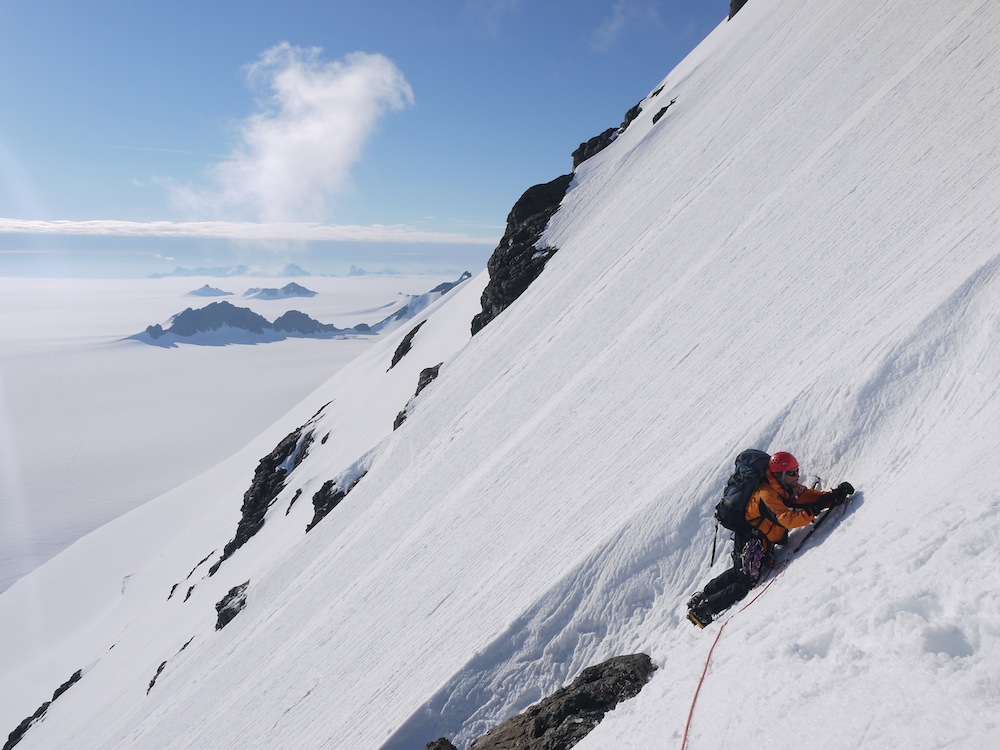
Hamish Pritchard of the British Antarctic Survey collects samples from Herschel Heights, Alexander Island, Antarctica.
Ilulissat Fjord
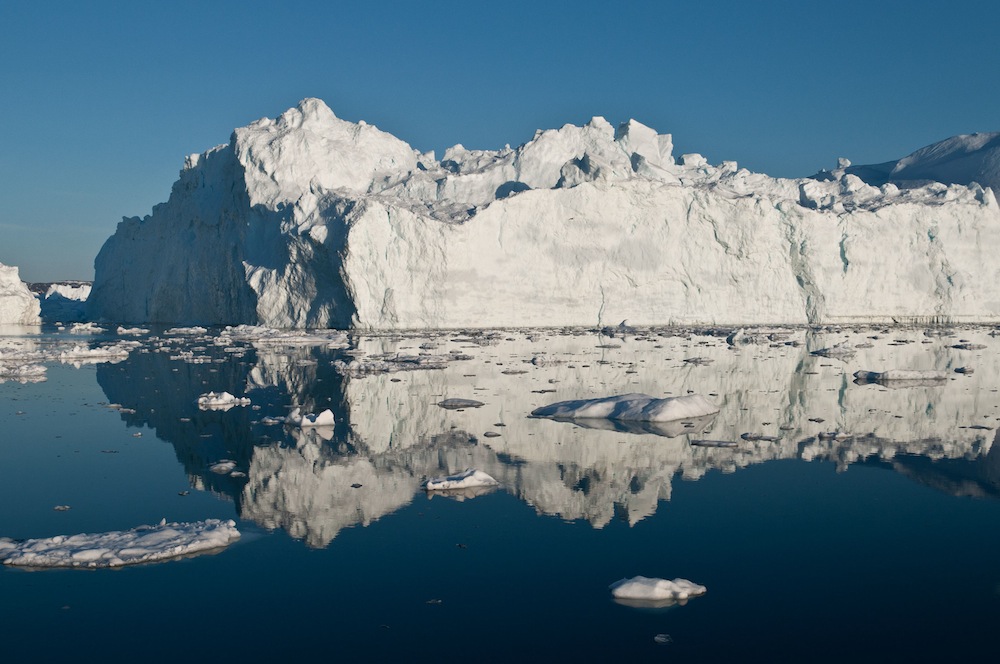
An iceberg in the Ilulissat Fjord which likely calved from the Jakobshavn Isbrae, Greenland's fastest-moving glacier. Legend has it that this glacier produced the iceberg that sunk the Titanic.
Ilulissat Iceberg
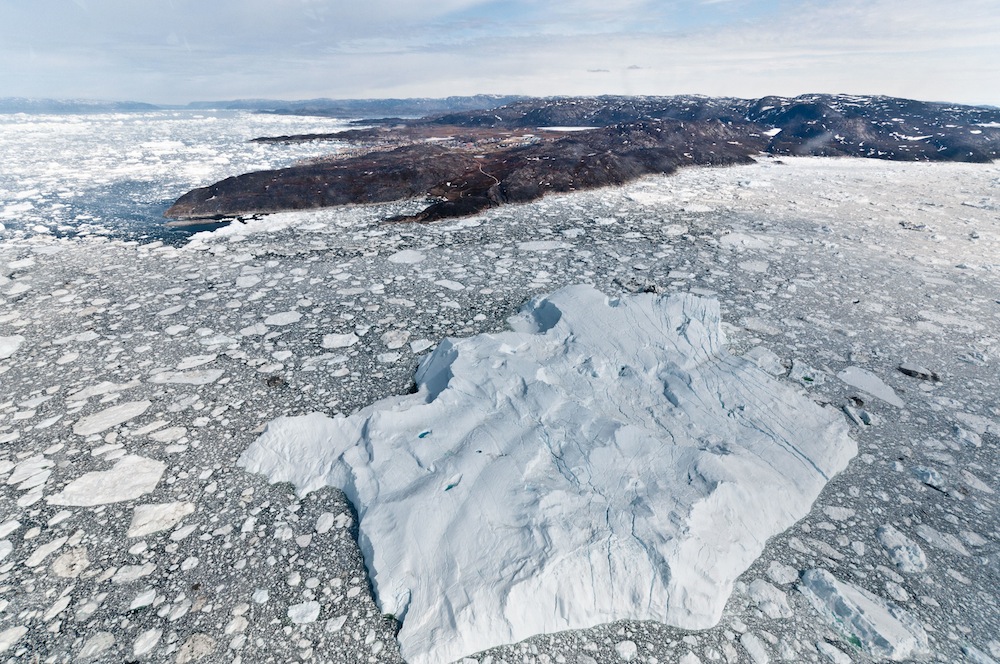
A large iceberg in the foreground with Ilulissat, Greenland in the background.
Ilulissat Iceberg and Sea Ice
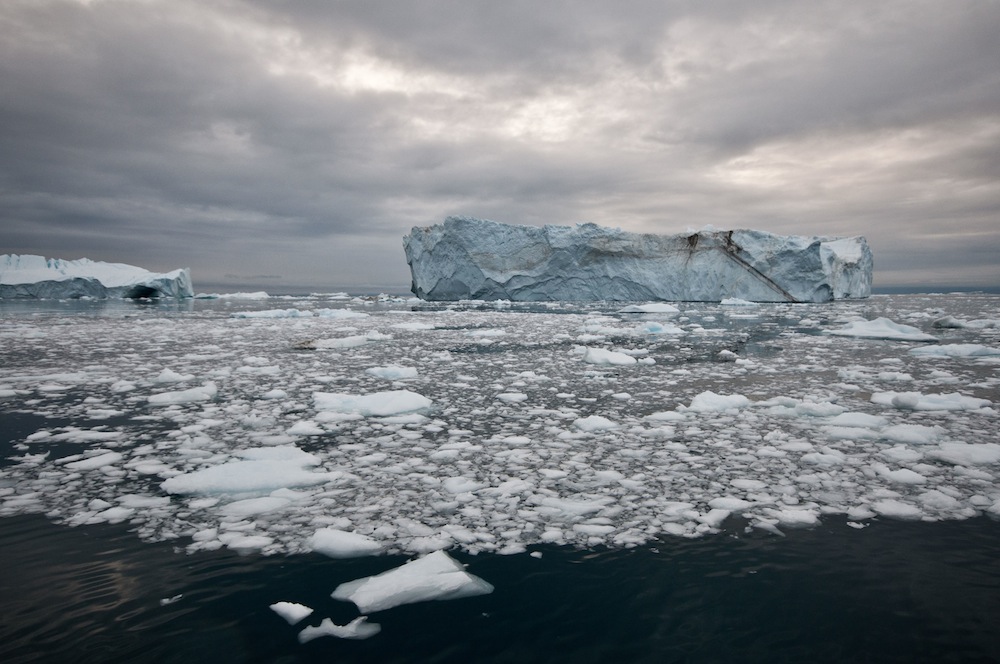
An iceberg in the Ilulissat Fjord which likely calved from the Jakobshavn Isbrae, west Greenland's fastest-moving glacier.
Icy Sea
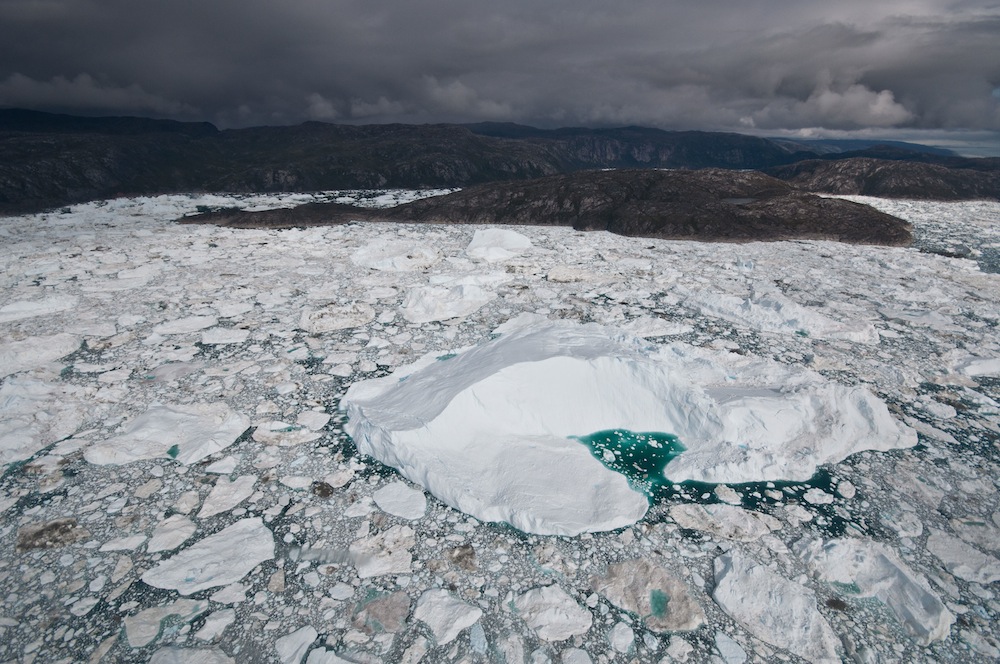
A view of Ilulissat.
Get the world’s most fascinating discoveries delivered straight to your inbox.
Ice Island
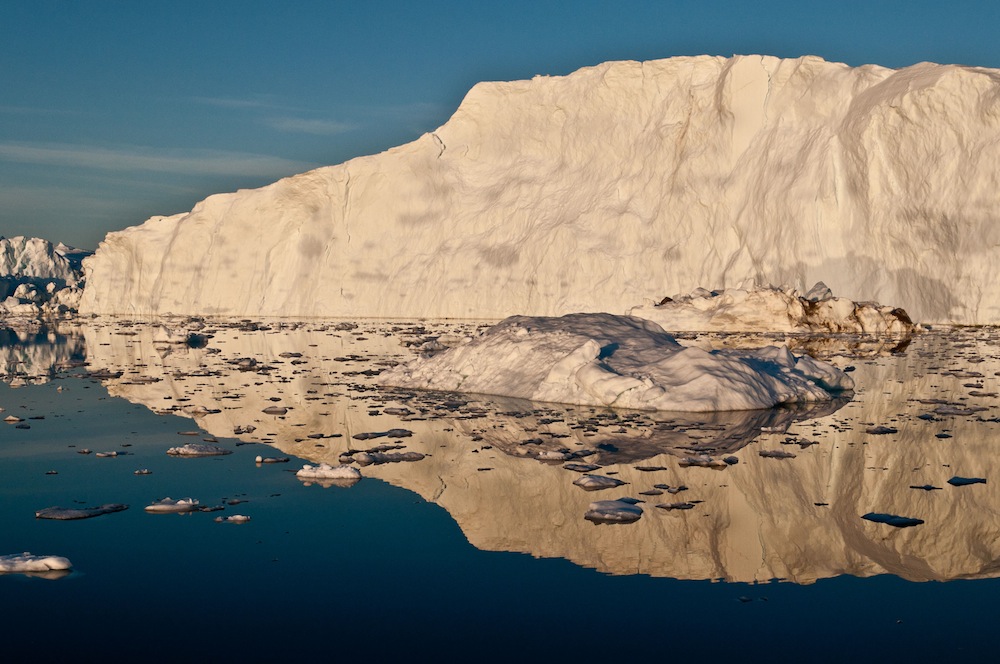
Massive icebergs float in and around Ilulissat Fjord, Greenland.
Greenland's Icebergs
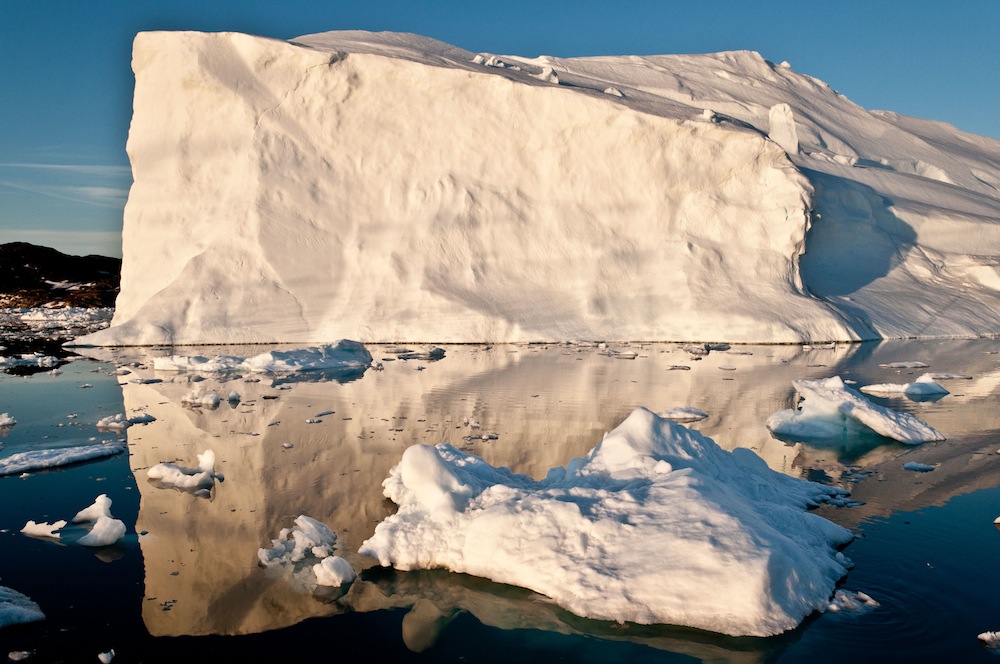
Icebergs have always calved off of glaciers where they hit the sea, but the rate of calving is accelerating with climate change.
Illuisat Iceberg
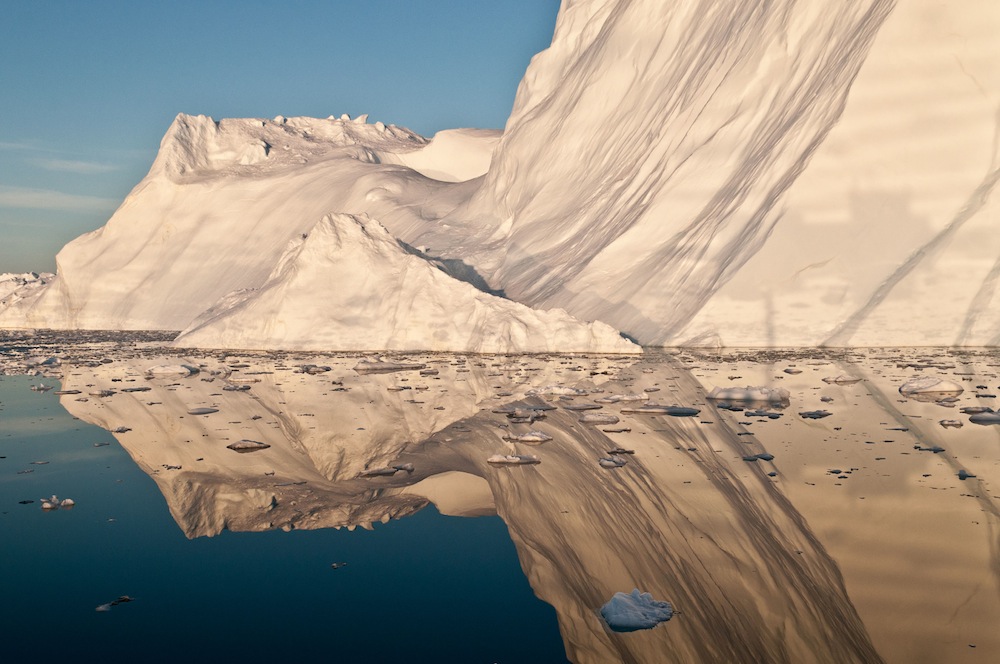
Greenland's rate of ice loss has accelerated to five times what it was in the early 1990s, recent research shows.

Stephanie Pappas is a contributing writer for Live Science, covering topics ranging from geoscience to archaeology to the human brain and behavior. She was previously a senior writer for Live Science but is now a freelancer based in Denver, Colorado, and regularly contributes to Scientific American and The Monitor, the monthly magazine of the American Psychological Association. Stephanie received a bachelor's degree in psychology from the University of South Carolina and a graduate certificate in science communication from the University of California, Santa Cruz.


